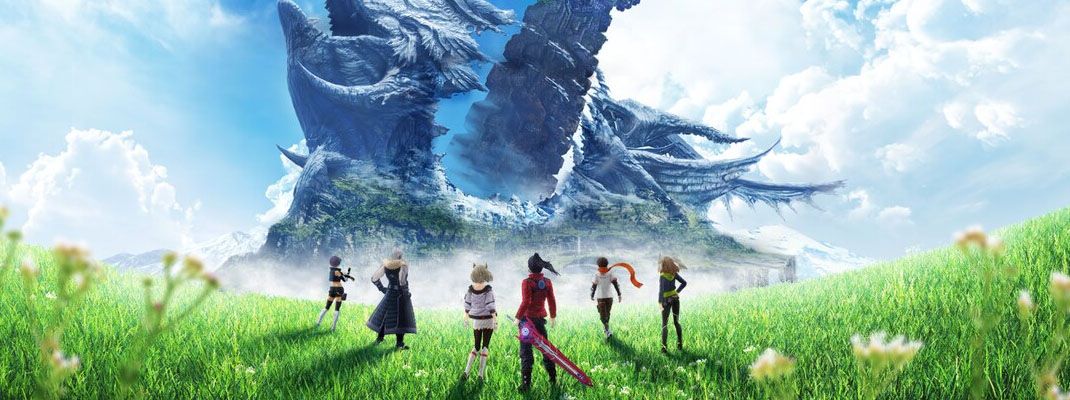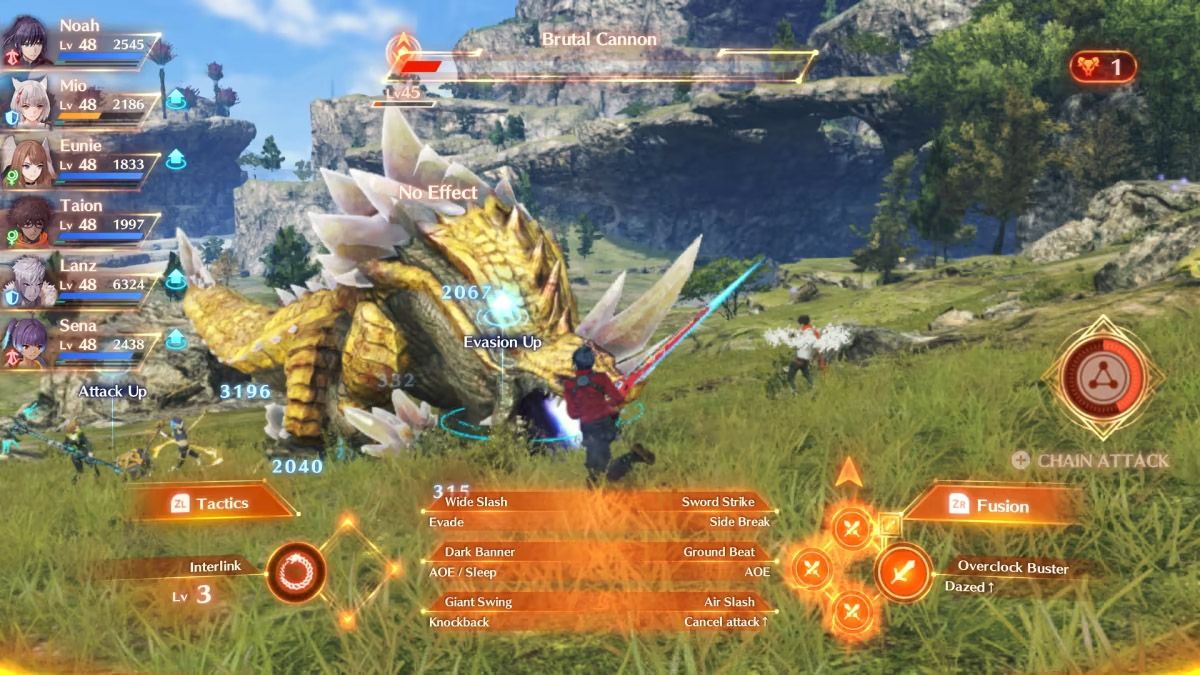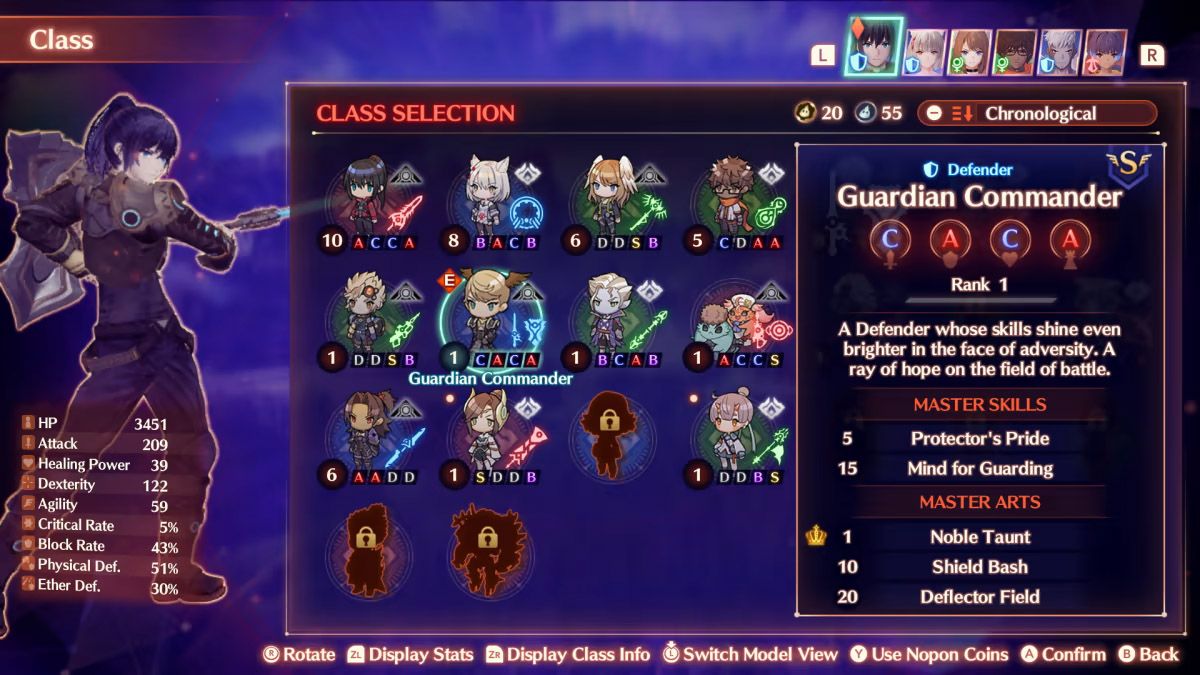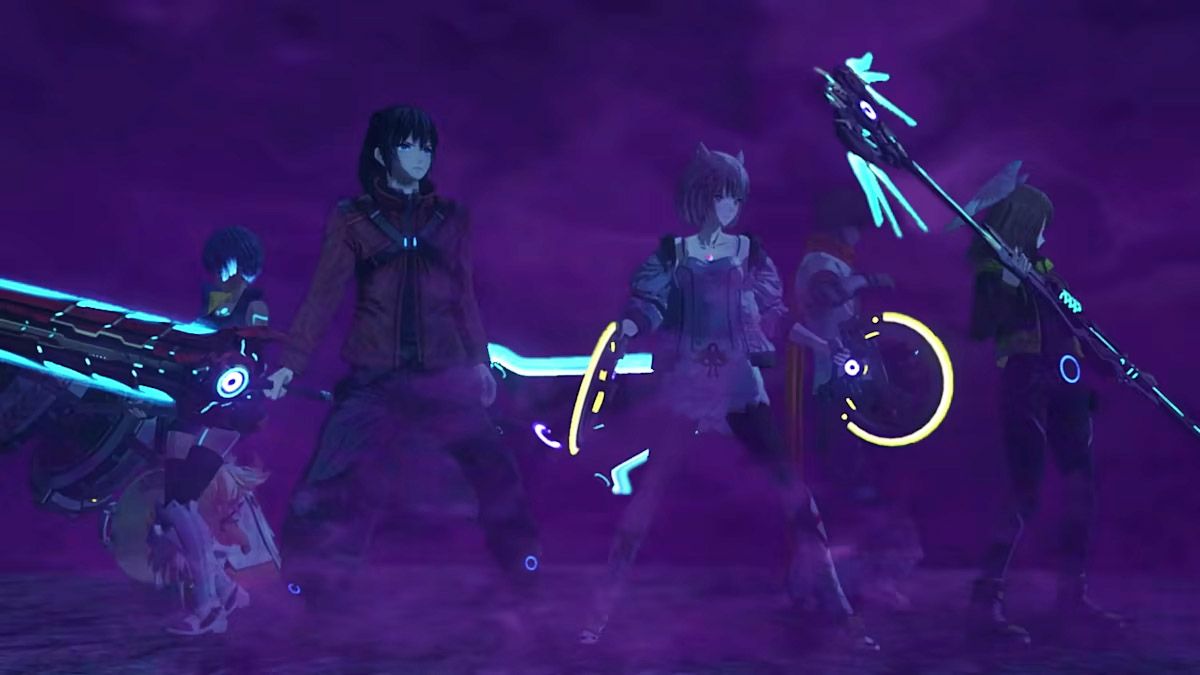Ever since Nintendo’s acquisition of Monolith Soft, the Xeno series has never been better. While Xenogears is still regarded as one of the best JRPGs of all time by some, there’s no denying the quality of their games have skyrocketed since the introduction of Xenoblade Chronicles in 2010. This went onto spawn multiple titles that built upon their own unique worlds with somewhat contained stories. The Japanese developer wasn’t stopping any time soon, as Xenoblade Chronicles 3 is their latest and greatest entry to date, expanding upon everything they have learned over the years. Building a beautiful and massive world, a highly-robust class system and a deeply-layered combat system, there’s nothing quite like Xenoblade Chronicles 3 on the market.
The story of Xenoblade Chronicles 3 takes the players through a war-torn world where two sides are clashing for an unknown reason. Soldiers aren’t born in a traditional way, but rather come out of pods and live for a short amount of time before their “Homecoming” (or just die on the battlefield). In that time, they're trained to kill the opposing enemy, but of course, just as it sounds, there’s a huge mystery behind why they’re doing this and the aspect of rebirth. Unfortunately, the plot never rises to its potential, dragging on for far too long and becomes overly predictable. There are incredible highs that showcase exhilarating moments that will leave you in awe, but those are too far and few between the rest of the experience which feels consistently at its lowest. It doesn’t help that the script is lacking, and the cast of characters, particularly the hero and heroine, are dreadful. Mio starts off far more compelling than she is as the story progresses, but Noah I forget is even in the party 90% of the time. He ends up being a generic protagonist that has nothing to truly contribute to the story outside of his broad ideals. That’s not to say the rest of the cast is bad, as Lanz and Senna have a lot of spunk, and even Eunie has a strong-willed personality, but Taion lacks any emotion and Riku can be downright annoying at times.
Outside of the main story, there’s a sizable catalogue of “Heroes” that can be recruited, each with their own story that needs to be completed to unlock. It’s regrettable that these are short as some of them have some strong bonding potential for the main cast of characters, but what’s done does enough to establish each individual with their own unique personality. This brings us to one of the best components to Xenoblade Chronicles 3: the world. Monolith Software have created an absolute exquisite world to explore, one that doesn’t lack much linearity. It reminds us of old JRPGs in that there’s a set path to go, but you’re able to wander off the beaten path and encounter enemies nowhere near your level. It’s not quite full open world as there are areas of the world that are still locked off until progressing past a certain point in the story, but it comes close to giving full access to everything. The side effect to this is that you’ll quickly find yourself over-leveling your team, not only from raw experience, but the bonus EXP picked up just from exploring will boost them significantly. Thankfully, heroes not only level outside of battle, but their starting level is adjusted based on the level the main cast are.
Combat fortunately makes up for a good chunk of the issues with the story, even though it isn’t without its faults. Unlike a lot of RPGs out there, Xenoblade Chronicles 3 doesn’t restrict the party to three or four players, but instead all of the main cast is on the field, along with an additional optional combatant. This is a fantastic component, and surprisingly, doesn’t have a lot of micromanaging due to AI being relatively smart, and each character’s skills are accommodating on a party level. Healing and aggro does become a bit of an issue now and then with specific classes, especially the former, but for the most part, there’s little need to cycle through characters, which is a blessing because there isn’t a good means of doing so. Each character has three standard abilities, with a special attack that’s built up under certain circumstances, and upwards of three more additional Arts that can be inherited from mastering other classes. When you’re able to use upwards of seven abilities at the same time, combat flows a lot better; while combat starts off slow, the further players progress through the campaign, the better the combat becomes -- although maybe more chaotic.
Chain Attacks are one of the more unique features in combat as it allows players to essentially perform a team-based attack upwards of four times. This requires a bit of math to properly maximize damage and healing output in the phase, but it can flip the tables in heated situations. The problem with it is that it takes up such a significant amount of time to actually perform. While combat can be fast and fluid, Chain Attacks essentially stops everything and lets you assign individual attacks. These attacks only get longer in animation when Ouroboros (the mech) comes into play. I dreaded going into a Chain Attack, even knowing how much of a benefit it was both in damage and experience multipliers, mainly because it’s draining. The feature would have benefited from the ability to select multiple characters at once instead of having them be selected one-by-one.
As mentioned before, while there’s the six main characters, there are various recruitable heroes that can be brought into battle, each of which lets characters inherit their skillsets. This allows characters to equip their weapon and gain access to their abilities and attributes, but this can be heavily limited depending on a player’s play style. Class Points (CP) are earned through battle, but how much is handed out is entirely dependent on the level difference of enemies, meaning if characters are going up against less opposing figures, they will obtain less CP. Given that it’s easy to over level, you can quickly find yourself in a position where enemies no longer give enough CP to unlock the heroes’ inheritance in an effective time frame, ensuring the grind to is unnecessarily lengthy. The system itself is fantastic, though, as there’s a huge array of heroes that can be recruited, ensuring a team’s composition can be entirely different from another’s. This makes character customization, both on an aesthetic and function level, immensely high, and something I wish more games would adopt.
Monolith Software has stepped up their game when it comes to presentation as not only does Xenoblade Chronicles 3 look good, but it’s a joy to the ears, as well. There was worry early into the story that the color pallet would be muted, but that quickly turned as we progressed further into the story. There’s still a good amount of wartime grey and brown, but the aesthetic itself is varied enough, both in the environment and in character detail to be eye catching. The animations are some of the best the studio has churned out, as well, with cinematics that will captivate all the way through. It helps that the soundtrack also lends to the aesthetic and world itself, capturing every scenario perfectly, not to mention getting the player hyped when entering a boss battle. The only downside would be the character commentary. While the script is lackluster, the commentary in and out of combat can be grating. The same generic line will be spoken from each character over and over again to the point your finger will be over the mute button. There was a certain comical charm to it Xenoblade Chronicles 2, but here it can get irritating.
Closing Comments:
Xenoblade Chronicles 3 has incredible presentation values and a rewarding combat system, but the story leaves much to be desired. It’s an improvement over its predecessor in a number of categories, but lacks a charismatic main cast of characters to drive it home. A few of them do have spunk, such as Lanz and Senna, but the others are unremarkable to the degree we kept forgetting they were even part of the story. It doesn’t help that the script can be unbearable at times and the plot can be overly predictable. Despite all of this, Xenoblade Chronicles 3 features an astonishingly robust class system and highly-customizable characters both on an aesthetic and functional level. The combat takes some time to truly flesh out, but when it does, it does in a big way. It helps this is one of the most impressively built worlds that you won’t want stop exploring, even when it's somewhat detrimental in the long run. I wanted to like Xenoblade Chronicles 3 a lot more than I did as it has a number of faults that made me drift away from it, but in the end it’s an undeniably well-constructed JRPG that succeeds far more than it fails.
Xenoblade Chronicles 3
Reviewed on Nintendo Switch
- Franchise
- Xenoblade Chronicles
- Platform(s)
- Switch
- Released
- July 29, 2022
- Developer(s)
- Monolith
- Publisher(s)
- Nintendo
- Genre(s)
- RPG
- ESRB
- T For Teen due to Language, Mild Blood, Suggestive Themes, Violence
- How Long To Beat
- 62 Hours




